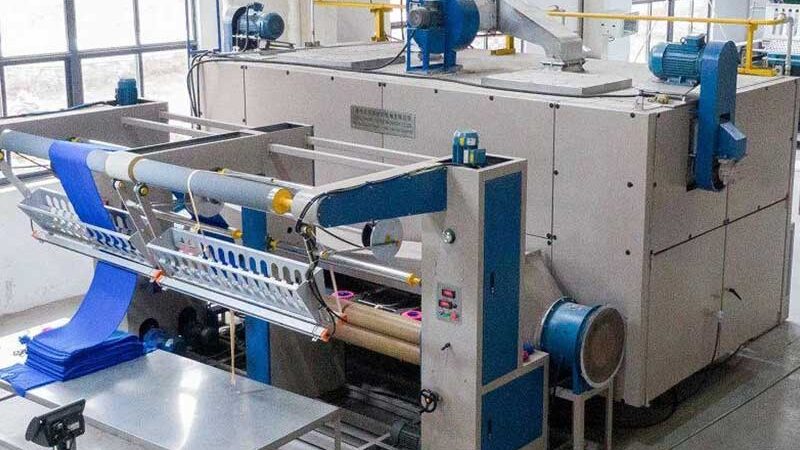In the realm of textiles, innovation is a driving force that continually shapes the way we experience comfort, style, and functionality in our everyday lives. One such innovation that has significantly impacted the home textile industry is the use of heat setting machines. These machines play a crucial role in enhancing the quality, durability, and aesthetics of home textiles, from bed linens and curtains to towels and upholstery fabrics. Let’s take a closer look at how heat setting is reshaping the home textile industry.
Understanding Heat Setting: A Brief Overview
Heat setting is a specialized process within the textile manufacturing cycle that involves the application of heat to synthetic fibers, such as polyester, nylon, and blends. The process helps to stabilize the fibers’ structure, making them more resistant to deformation, shrinkage, and wrinkling. This stability results in textiles that retain their shape and appearance even after multiple washes and prolonged use.
The Key Benefits of Heat Setting in Home Textiles
Industrial pole dryers represent a significant advancement in drying technology. These systems consist of strategically placed poles equipped with advanced drying mechanisms. The poles emit controlled bursts of heated air, ensuring thorough and uniform drying across the entire surface of the product.
Enhanced Durability: Home textiles are subjected to frequent use, washing, and exposure to environmental stressors. Heat setting reinforces the fibers, making them less prone to wear and tear. This is particularly important for items like bed linens and upholstery that need to withstand daily use.
Wrinkle Resistance: Wrinkles can mar the appearance of home textiles, giving them a tired and unkempt look. Heat setting helps in reducing the formation of wrinkles, ensuring that your curtains, tablecloths, and other textile products look polished and well-maintained.
Improved Dimensional Stability: Nobody likes a fitted bedsheet that suddenly doesn’t fit anymore. Heat setting stabilizes the dimensions of textiles, so your fitted sheets continue to fit snugly, and your upholstery retains its shape over time.
Vibrant Colors and Prints: Heat setting can contribute to the vibrancy and longevity of colors and prints on textiles. By preventing excessive fiber movement during the manufacturing process, the risk of color fading or bleeding is reduced, resulting in home textiles that look as good as new for a long time.
Softness and Comfort: While heat setting enhances durability, it doesn’t compromise on the comfort factor. Textiles that undergo proper heat setting retain their softness, ensuring a cozy and pleasant tactile experience.
Innovations in Heat Setting Technology
The home textile industry has witnessed remarkable advancements in heat setting technology, aligning with the industry’s growing demand for eco-friendly and sustainable practices. Modern heat setting machines are designed to operate with greater energy efficiency, reducing the carbon footprint of the manufacturing process.
Additionally, some manufacturers are exploring innovative ways to combine heat setting with other treatments, such as moisture management and antimicrobial finishes. This not only enhances the functional aspects of home textiles but also caters to evolving consumer preferences for performance-enhanced products.
Sustainable Practices and Heat Setting
As sustainability becomes a cornerstone of many industries, the home textile sector is no exception. Manufacturers are now focusing on using eco-friendly fibers and dyes, and the heat setting process complements these efforts. By creating textiles that are long-lasting and resilient, heat setting inherently supports the idea of reducing waste and promoting products that endure.
Conclusion
In the dynamic world of home textiles, where aesthetics, comfort, and durability converge, heat setting machines have emerged as unsung heroes. Their role in enhancing the quality of textiles is pivotal, offering benefits that range from extending product lifespan to reducing the need for frequent replacements. As technology continues to advance, we can expect even more refined heat setting techniques that cater to both consumer demands and sustainability goals. So, the next time you sink into your favorite armchair or snuggle under a cozy blanket, take a moment to appreciate the subtle yet transformative influence of heat setting in shaping your home textile experience.
